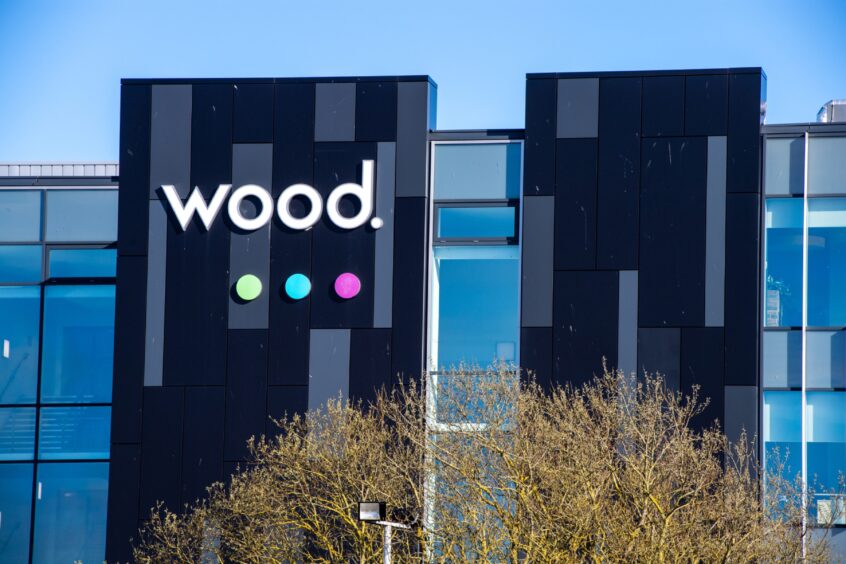
Wood (LON:WG) has received a front-end engineering design (FEED) scope from Vattenfall and Copenhagen Infrastructure Partners (CIP) for the Zeevonk hydrogen facility in Rotterdam, the Netherlands.
The hydrogen plant will use electricity from the Zeevonk development, which includes the 2GW IJmuiden Ver Beta offshore wind farm and a 50MW floating offshore solar plant.
The hydrogen plant will base its electrolyser at the Maasvlakte at the Port of Rotterdam.
Once completed, the produced hydrogen will be transported via pipeline to the nearby hydrogen grid, Hydrogen Network Rotterdam.
This network is the first phase of the new Dutch hydrogen infrastructure centred in the Port of Rotterdam.
Wood president of projects for the eastern hemisphere Gerry Traynor said the project will use the group’s “extensive expertise in large-scale green hydrogen projects, which are crucial to the world’s energy transition.
“Wood is delivering a design that maximises value engineering and applies our operability knowledge, ensuring a reliable and cost-effective solution.
“Our role in delivering this project underpins Wood’s commitment to delivering low-carbon solutions for clients and driving forward the accessibility and scalability of low-emission energy sources around the globe.”
The deal marks Wood’s third transformative project with CIP, having previously been selected as owner’s engineer for their Coalburn Storage project in Scotland, and providing engineering services for CIP’s green hydrogen Catalina project in Spain.
Zeevonk project director Claus Vissing-Jørgensen added: “The awarding of our FEED represents a significant milestone for our large-scale hydrogen plant planned in the Maasvlakte area. Over the next ten months, the FEED will provide detailed cost estimates and lay the groundwork for our upcoming EPC tender process, expected in Q2 this year.”
Wood suffered a “disappointing” financial performance last year, as it expects to make around $450 million for full-year 2024.
This comes after the company suffered its first-ever loss in the first half of the year.
This led to chief executive Ken Gilmartin saying that the company aims to “meet the opportunities we have in growing markets, principally energy”.

